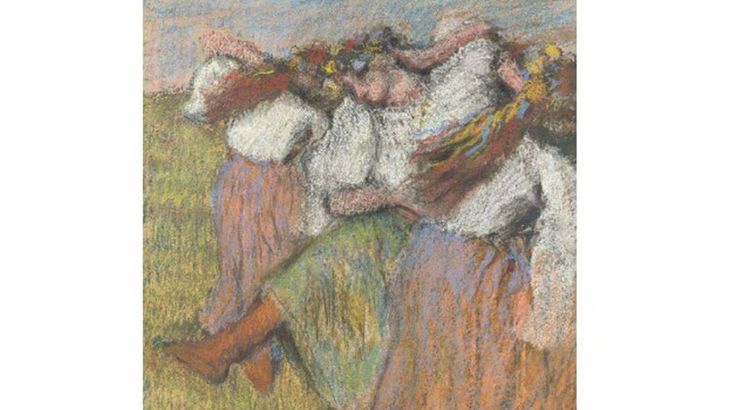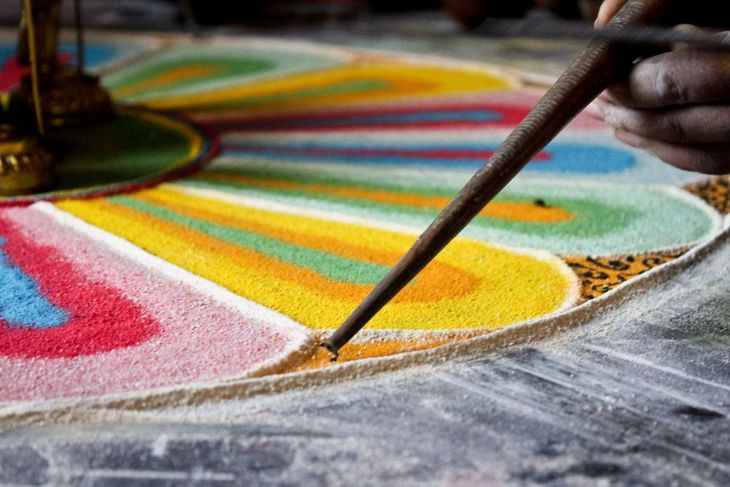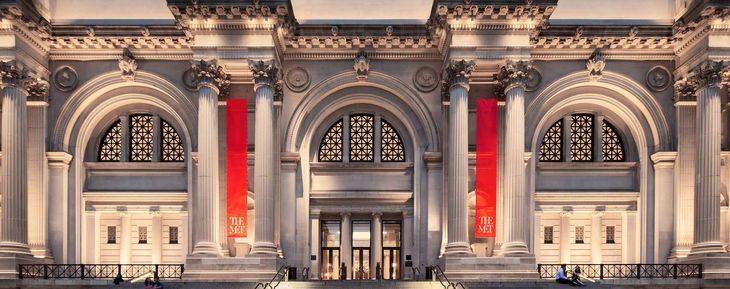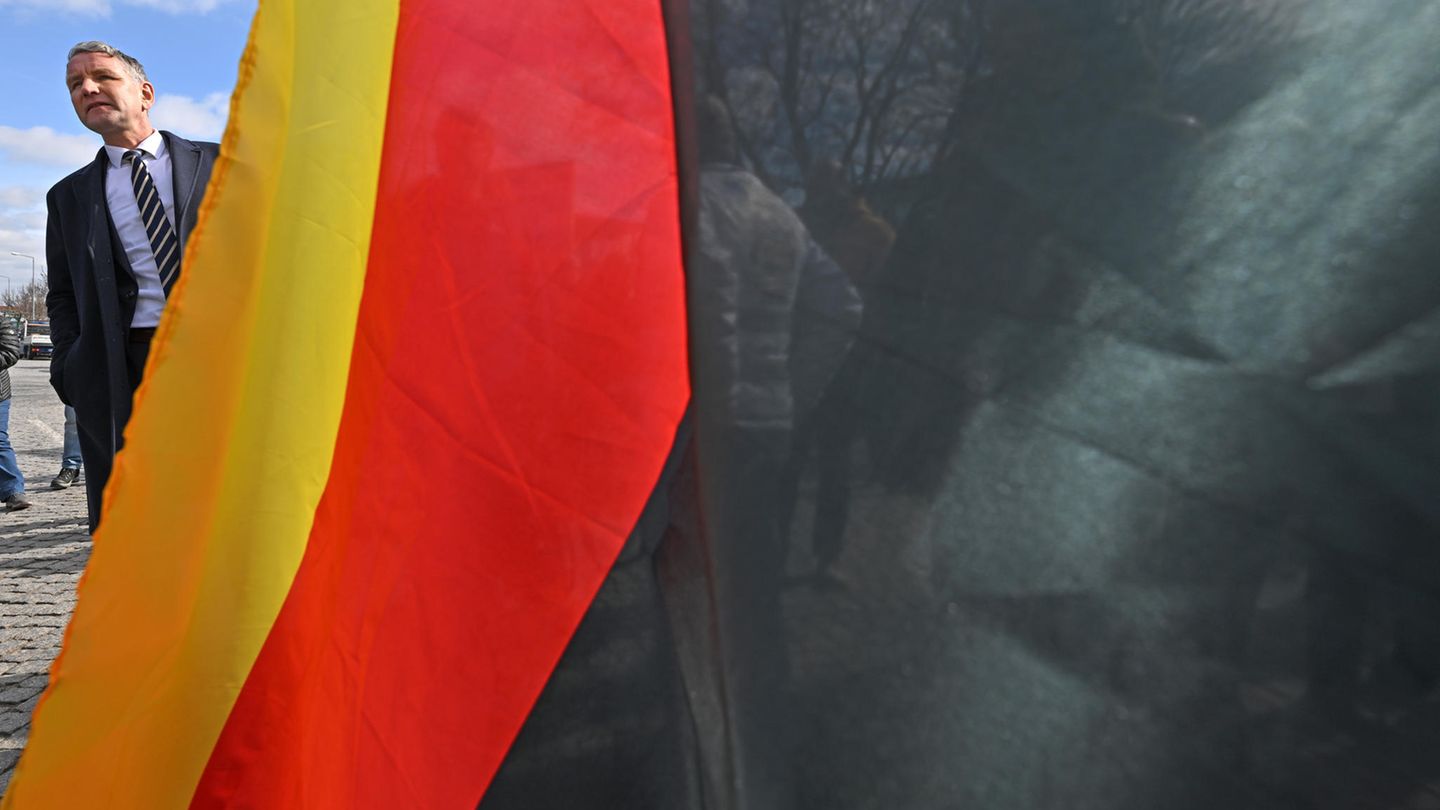One year after Russia invade Ukraine, Museums and galeries they take on the pressure to point out the Ukrainian roots of the works, and those artists long listed as Russian are now beginning to appear as Ukrainian in descriptions and publications.
He New York Metropolitan Museum of Art (MET) changed on Friday the name of one of the mythical cakes of Edgar Degas, “Russian Ballerinas”by “Dancers in Ukrainian costume”.
Metropolitan Museum of Art, New York.jpg
Metropolitan Museum of Art in New York.
The Metropolitan Museum of Art
It is the second Of gas which reclassified since Russia invaded Ukraine: in April 2022, the National Gallery of London changed the name of one of his cakes from Of gas by “Ukrainian dancers”. He J. Paul Getty Museum in The Angels, USAfor its part, updated an old article on its website to point out that the mythical dancers in the work of Of gas they were Ukrainian and not Russian.
The settings in the catalog reflect a trend assumed by museums around the world, driven by the Russian invasion of Ukraine. many are reexamining and, in an increasing number of cases, relabeling works of art and artists former Russian Empire and the former soviet union to better reflect his Ukrainian origins.
“He academic thinking is evolving rapidly due to the increased awareness and attention to the culture and history of Ukraine since the Russian invasion began in 2022,” said Max Holleindirector of METin a statement, to explain the reason for the change.
Russian Dancers Edgar Degas.jpg

EMOL
The intention becomes more complex when museums try to reflect the nationality of the artists, and not only the place where they were born. Recently, the MET He also reviewed how he classifies three painters of the XIX century who used to be described as Russian: Illia Repin, Arkhyp Kuindzhi and Ivan Konstantinovich Aivazovsky, with the aim of highlighting his Ukrainian roots. For that, he updated two of the names with his Ukrainian identity, followed by the Russian name: Illia Repin (Ilya Efimovich Repin) and Arkhyp Kuindzhi (Arkhip Ivanovich Kuindzhi).
The decision of the museums is based, in many cases, on the current initiated by activists and art historians who seek to reconsider how they label the art and the artistsin order to account for the history of subjugation of Ukraine under the Russian empire and the Soviet Union. They warn that, if they do not do so, the museums of USA and Europe they will also be accomplices of his colonization.
art.jpg

The Department of European Art from the Brooklyn Museum He has also been reviewing the way in which he presents the biographical information related to the nationality of the objects in his collection as -as he explained in a statement- “a response to the urgent and complex legacies of the empirecolonization and displacement that the war against Ukraine has highlighted”.
For example, the biographical line of the artist Repin now he says: “Chuhuiv, Ukraine (formerly Russian Empire), 1844-1930, Repin, Saint Petersburg (formerly Kuokkala, Finland)” and the gallery believes that such lettering enhances the stories of war, colonization and independence.
Source: Ambito
I am an author and journalist who has worked in the entertainment industry for over a decade. I currently work as a news editor at a major news website, and my focus is on covering the latest trends in entertainment. I also write occasional pieces for other outlets, and have authored two books about the entertainment industry.




